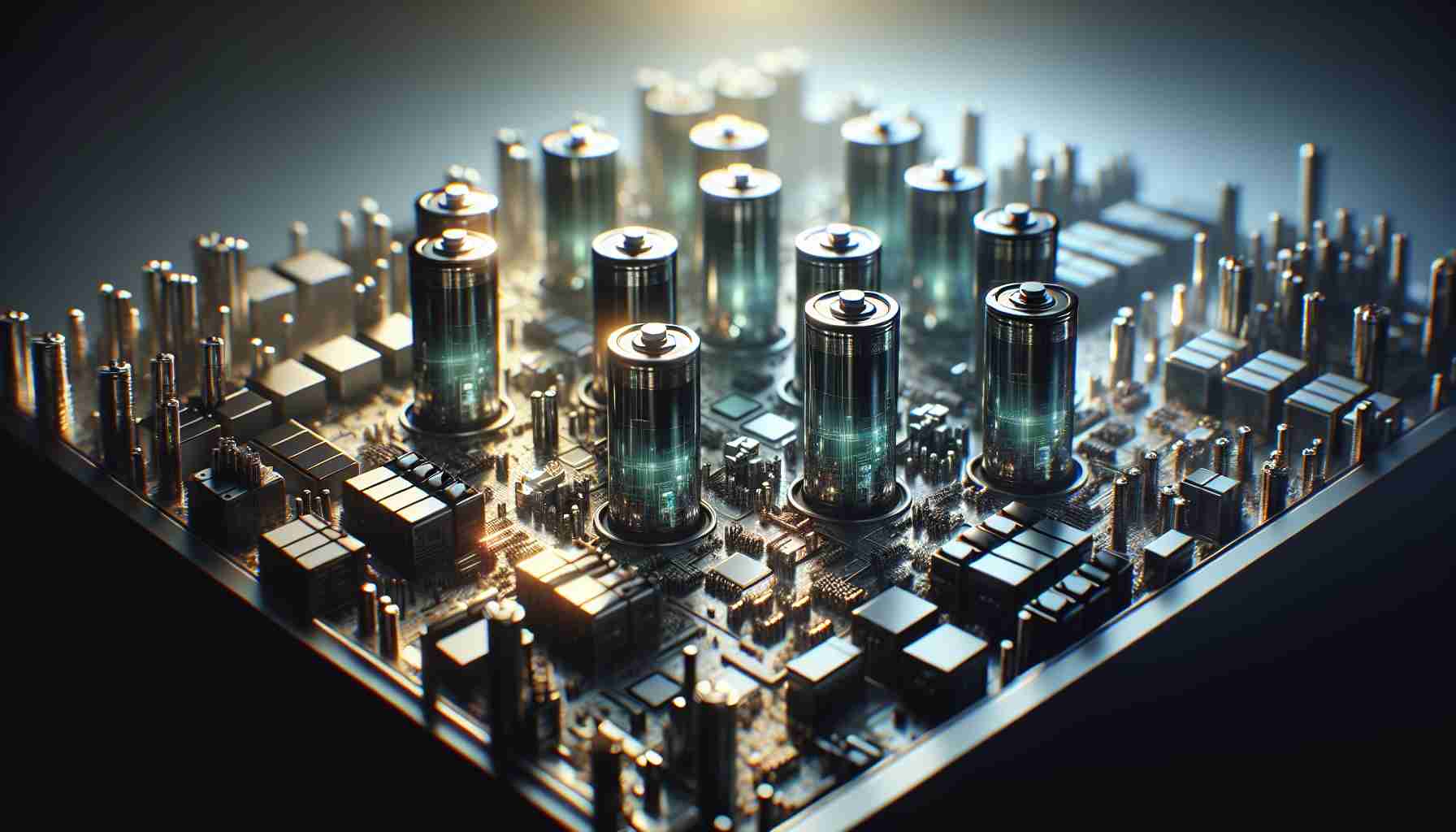Samsung Electronics surprised the market once again by exceeding expectations in the second quarter, following a strong first quarter. The company’s stellar performance is attributed to the global economic recovery and the rapid expansion of the AI market, which have positively impacted the semiconductor industry. Market analysts believe that the recovery of advanced semiconductor markets, such as HBM (High Bandwidth Memory), will determine the extent of future performance improvement.
Impressive Financial Results
Samsung Electronics announced preliminary second-quarter results, recording sales of 74 trillion won and operating profit of 10.4 trillion won. These figures represent a significant increase compared to the same period last year, driven by the accelerated recovery of the memory semiconductor sector.
Challenges Ahead for Samsung
While Samsung’s overall performance outlook remains optimistic, challenges lie ahead, particularly in regaining dominance in the HBM market from competitors like SK Hynix. Although Samsung had planned to start production of HBM3E (5th generation) in the first half of the year, delays in NVIDIA’s quality testing may affect the timeline.
As Samsung focuses on reclaiming its leading position in HBM technology, the company has established a dedicated team for HBM development and reorganized its structure accordingly. The upcoming release of HBM3 and the development of future technologies like HBM4 signal Samsung’s commitment to innovation.
Focus on Foundry Business
Additionally, Samsung Electronics will showcase its semiconductor process technology roadmap and highlight its competitive strength at the upcoming “Samsung Foundry Forum”. The event will also spotlight the company’s strategies in AI chip production and advanced assembly services.
Labor Disputes and Production Challenges
Meanwhile, Samsung Electronics faces the first total strike in its history announced by the largest labor union, signaling potential production disruptions. The union decision comes amid discontent over profit-sharing policies and increased membership in response to the weakened performance of the semiconductor division.
In light of the evolving landscape in the semiconductor industry and internal labor issues, Samsung Electronics is poised to navigate through challenges while maintaining its position as a key player in the global market.
Unveiling Further Insights into Samsung Electronics’ Triumphs and Trials
Amidst Samsung Electronics’ impressive performance in the second quarter, questions arise about the sustainability of its success and the hurdles it must overcome to maintain its current trajectory.
Key Questions:
1. How will Samsung Electronics retain its edge in the semiconductor market amidst fierce competition?
2. What strategies will Samsung employ to mitigate potential delays in product launches?
3. How will labor disputes impact Samsung’s production capabilities and overall efficiency?
Crucial Challenges and Controversies:
– Regaining Dominance in HBM Market: One of the primary challenges facing Samsung is reclaiming its leadership in the HBM market, especially against competitors like SK Hynix. The delay in NVIDIA’s quality testing could potentially impact Samsung’s timeline for production, raising concerns about its competitive position.
– Labor Disputes and Production Disruptions: Samsung Electronics is currently contending with a historic total strike by its largest labor union, highlighting internal dissatisfaction with profit-sharing policies. This labor unrest could lead to production disruptions, affecting the company’s output and profitability.
Advantages:
– Innovation and Development: Samsung’s emphasis on HBM technology development, with the forthcoming release of HBM3 and advancements towards HBM4, signifies its commitment to innovation and technological progress.
– Foundry Business Focus: By showcasing its semiconductor process technology roadmap at the Samsung Foundry Forum, the company aims to showcase its capabilities in AI chip production and advanced assembly services, further solidifying its position in the market.
Disadvantages:
– Competition and Market Challenges: Intense competition in the semiconductor industry poses a threat to Samsung’s market share and profitability, necessitating continual strategic maneuvers to stay ahead of rivals.
– Labor Unrest and Productivity Concerns: Internal labor disputes and potential production disruptions could hamper Samsung’s operational efficiency and lead to delays in product launches, impacting its performance.
As Samsung Electronics navigates these challenges and opportunities, its ability to adapt, innovate, and address internal and external issues will be crucial in sustaining its success in the global market.
For additional information on Samsung Electronics’ latest developments and strategies, visit their official website at www.samsung.com.






















